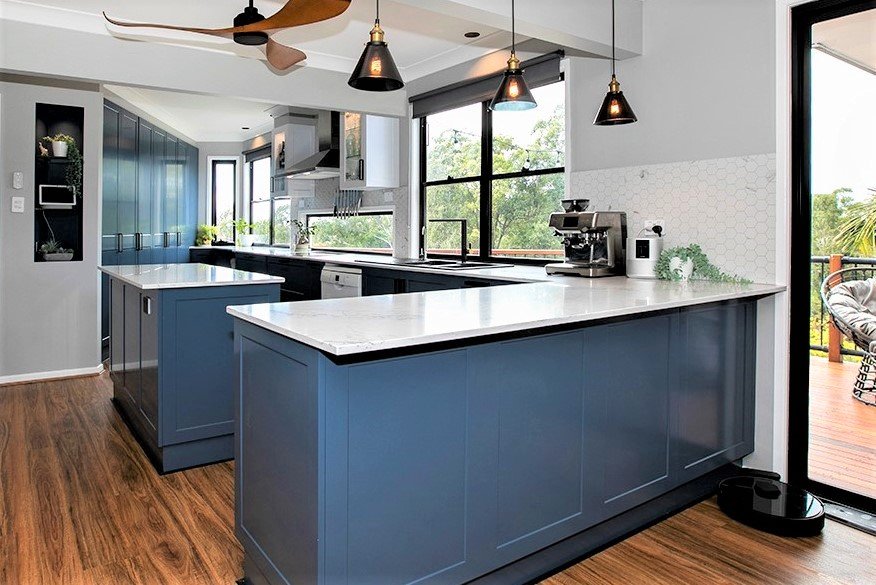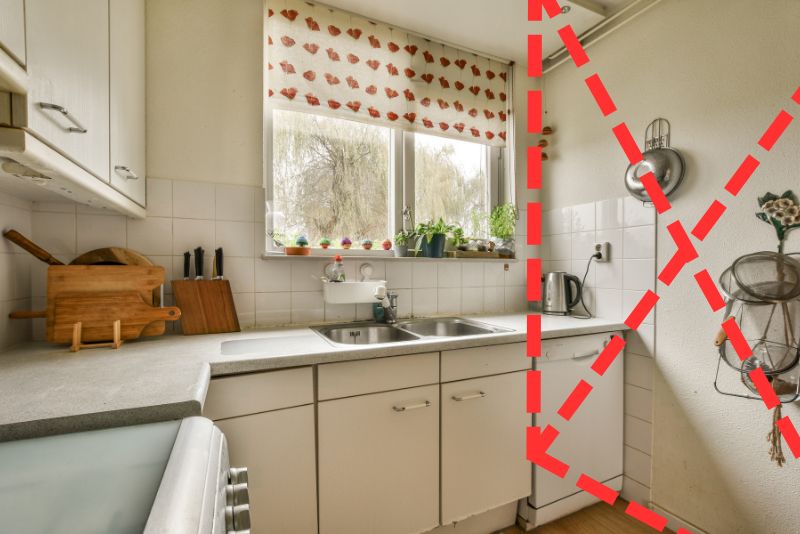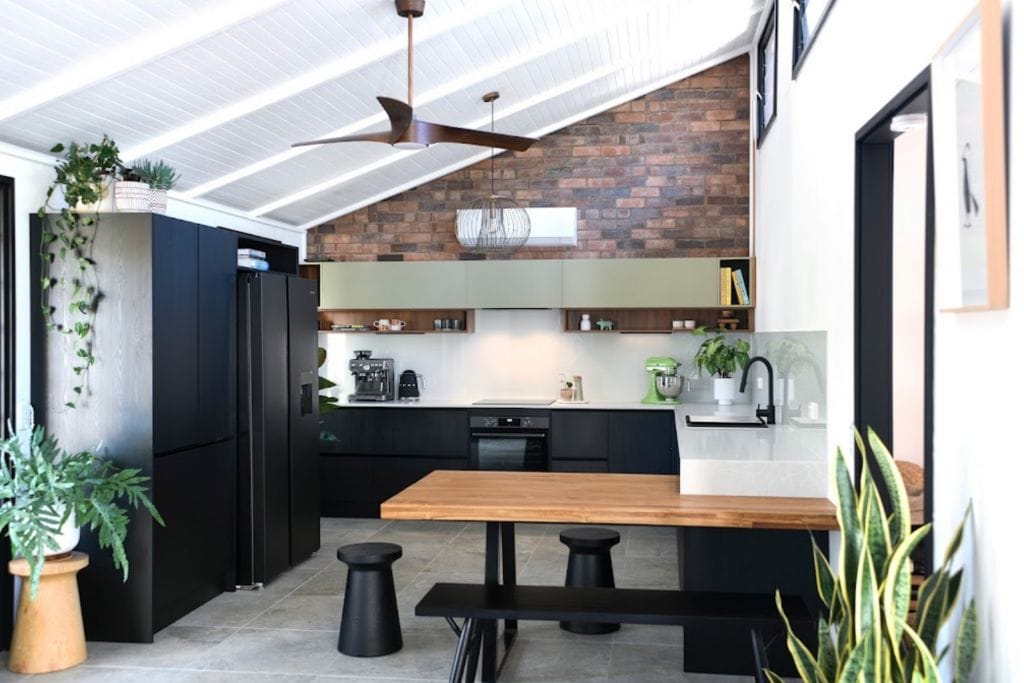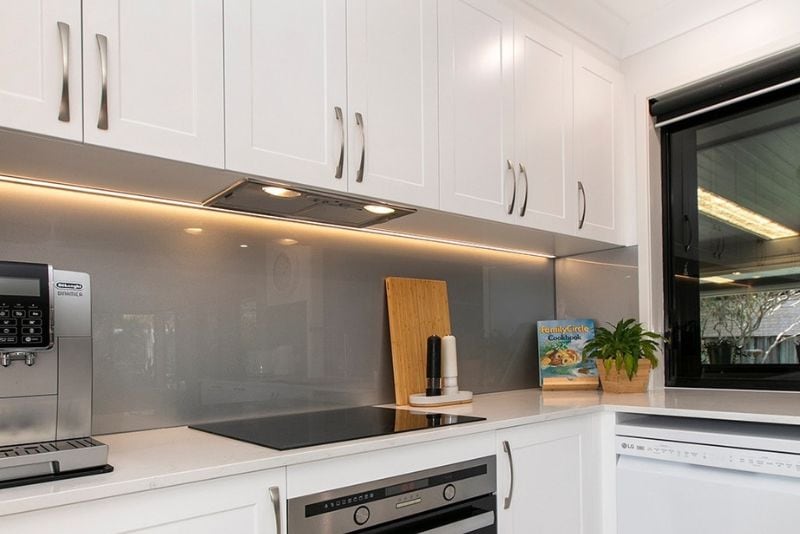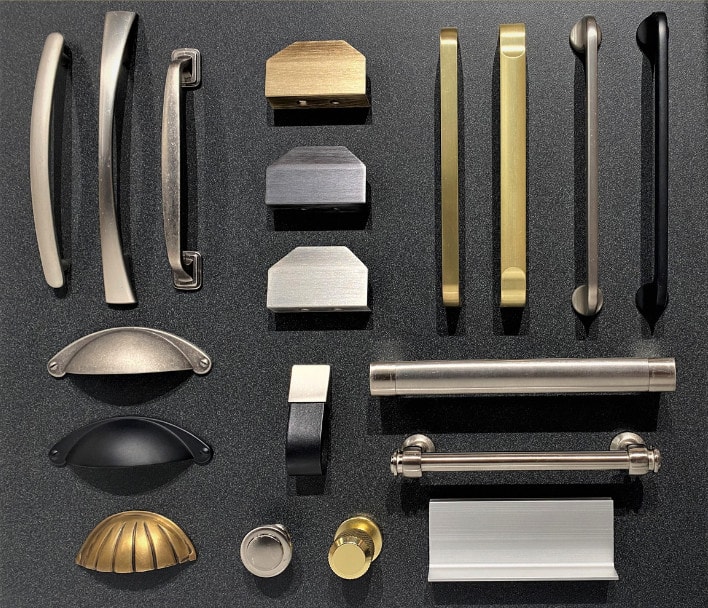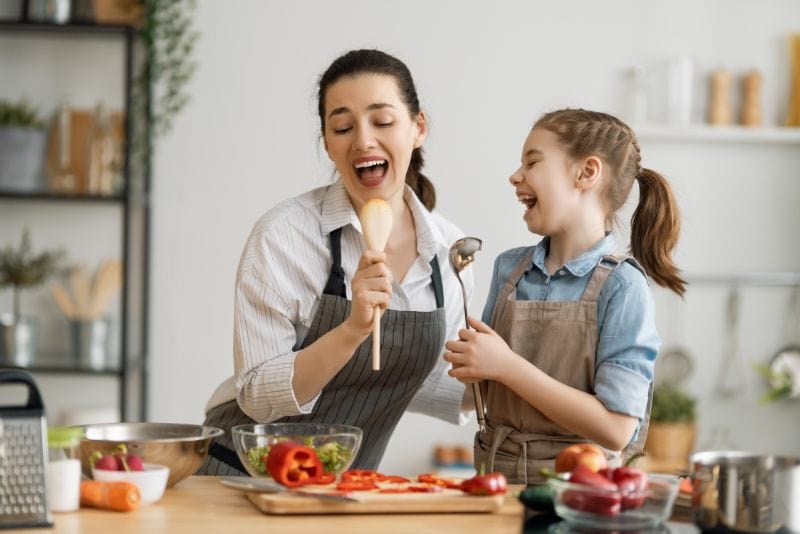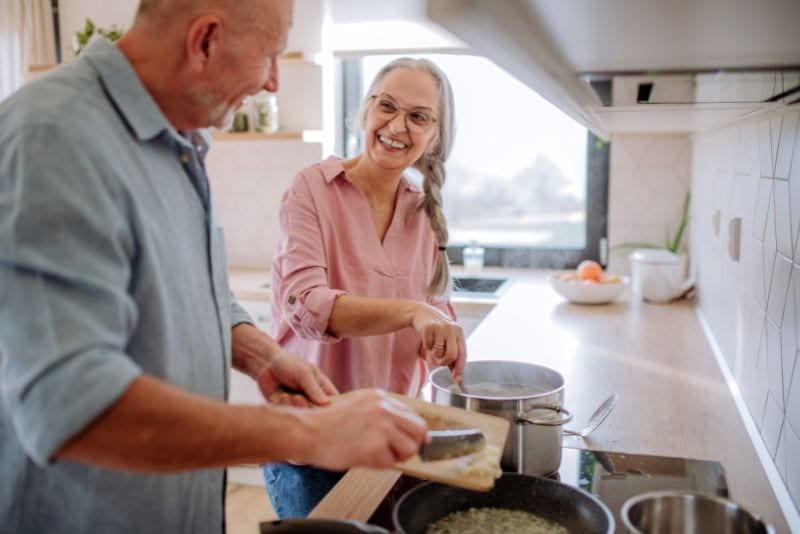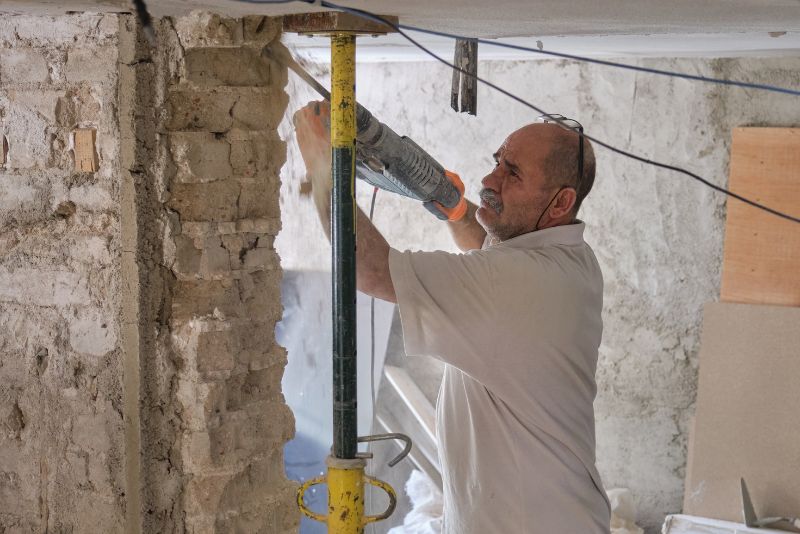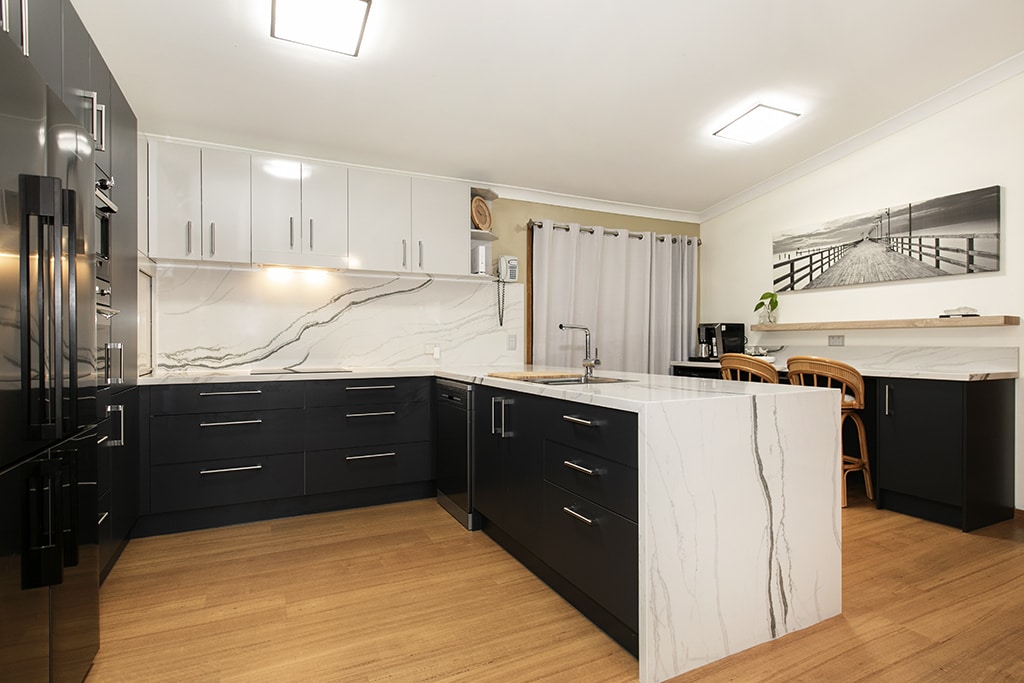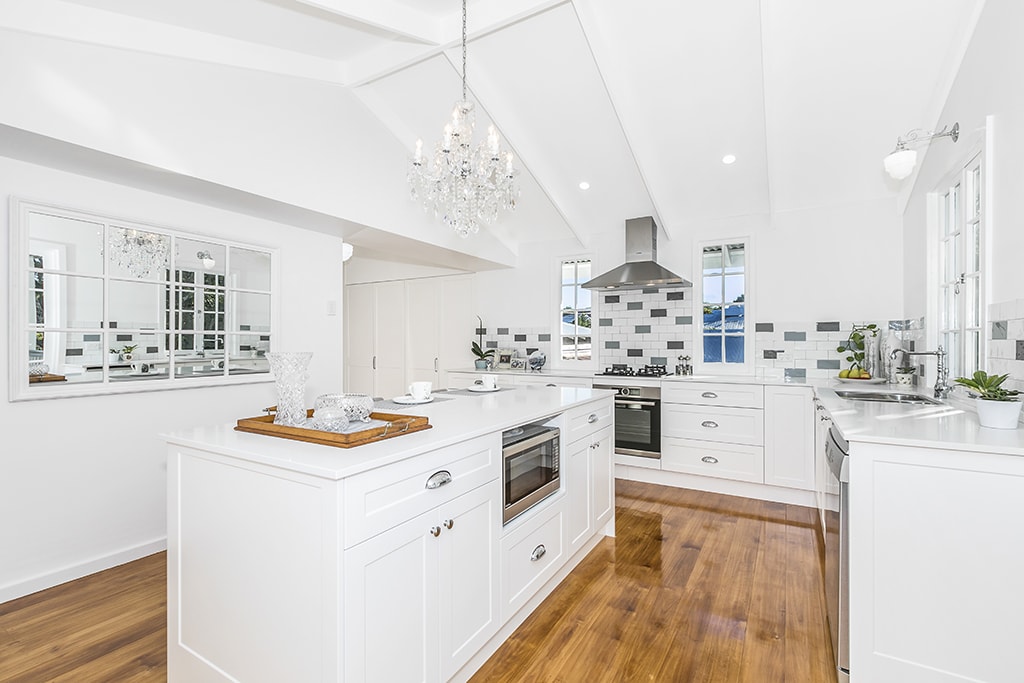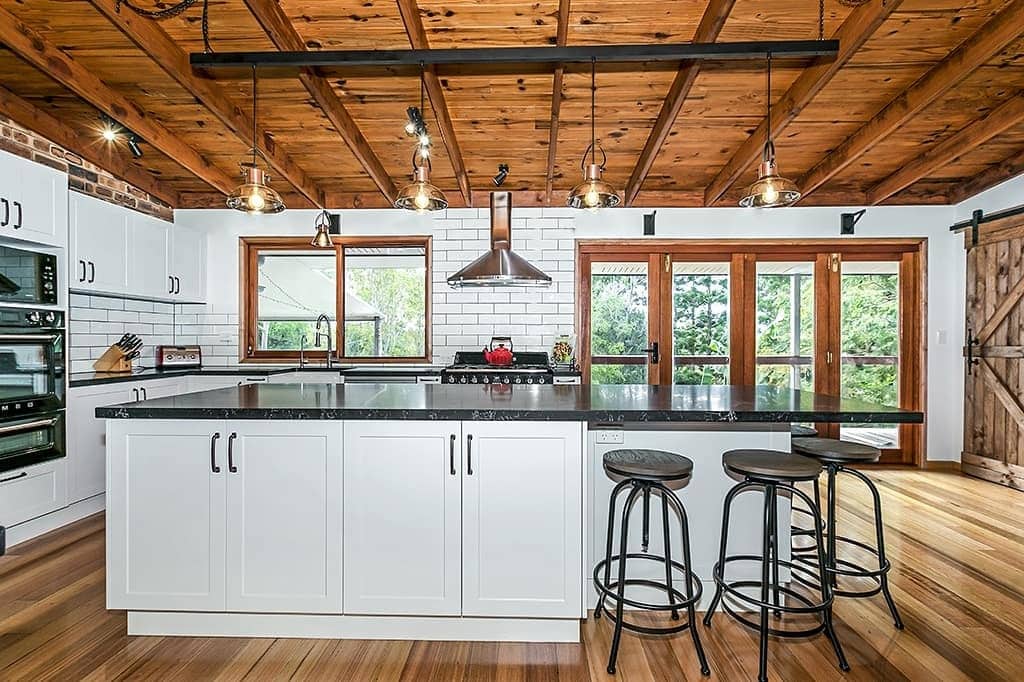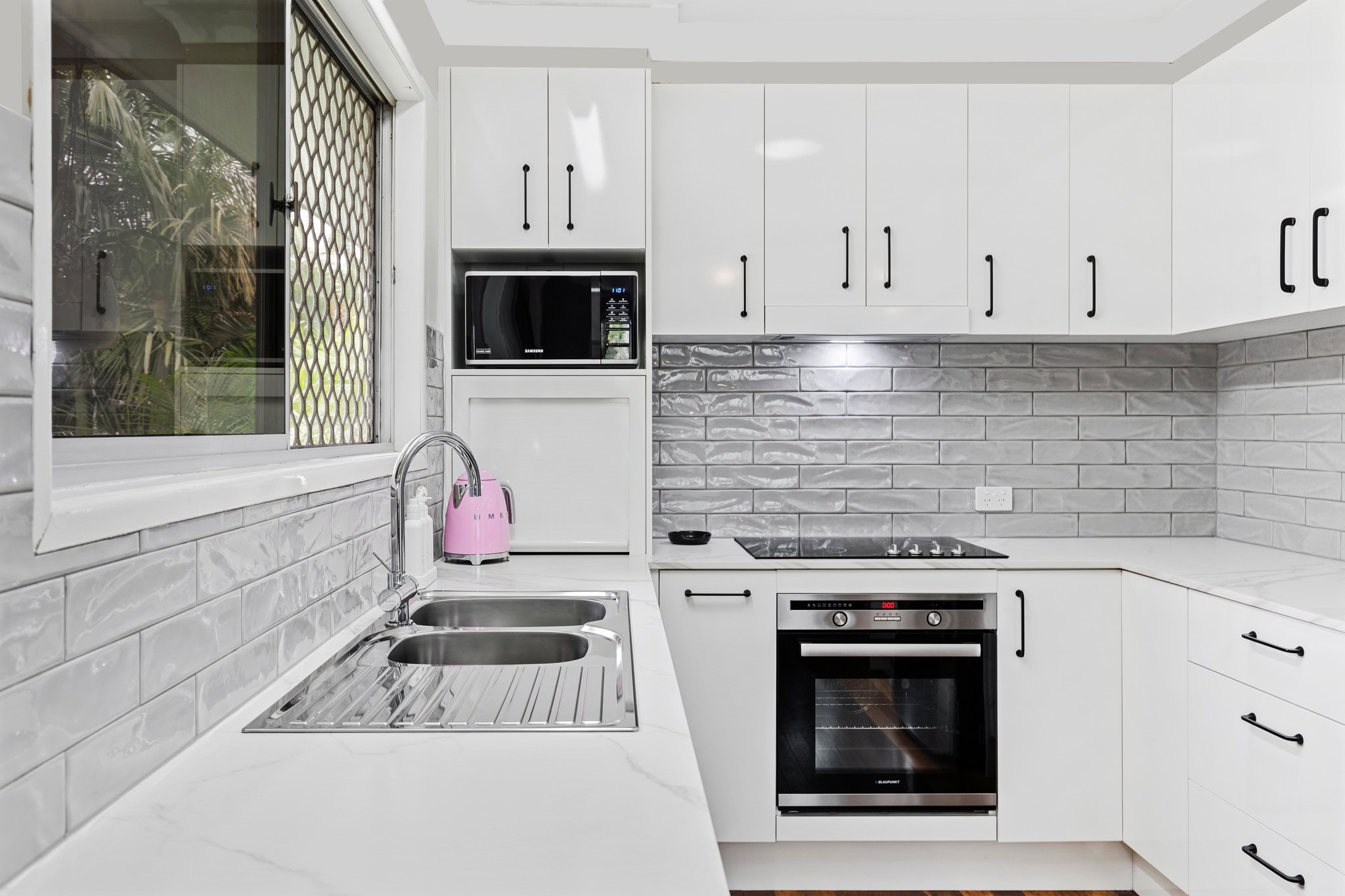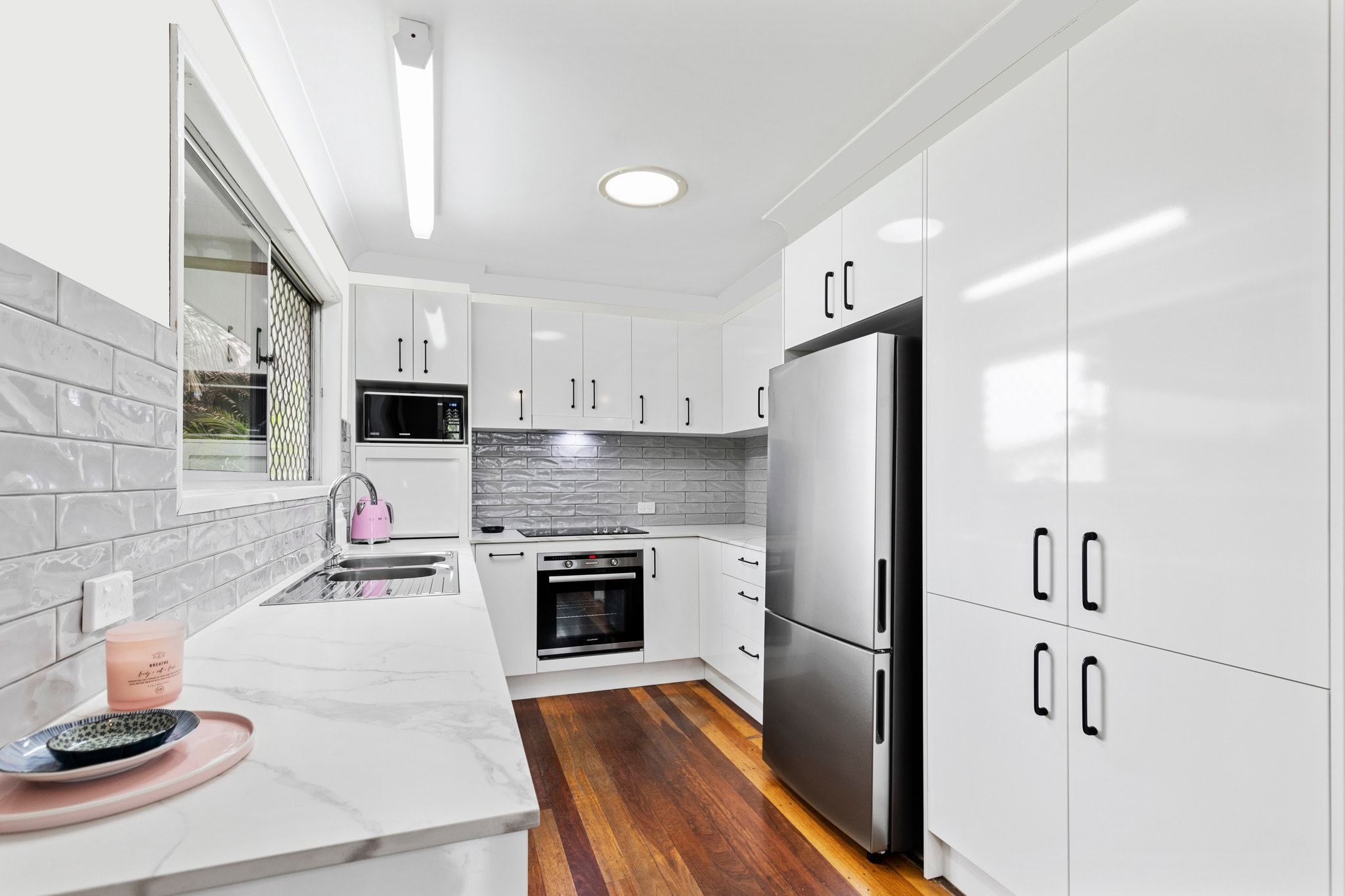What Should You Consider For a Kitchen Renovation
Kitchen Renovation Considerations for Seniors
We inevitably lose our strength and mobility as we get old. Age-related conditions like poor coordination, limited eyesight, frailness and arthritis present a host of challenges when living at home.
The most hazardous and difficult-to-navigate room is the kitchen. But with a few thoughtful modifications, it’s possible to future-proof your food preparation space for the onset of old age.
Whether you’re planning a full-blown kitchen renovation or a few simple senior-friendly alterations, keep the following considerations in mind to help you age in place.
Ageing in Place
According to the Australian Institute of Health & Welfare, around 4.2 million Australians are currently over 65. And with our rapidly ageing population, that figure is set to skyrocket in the coming years.
It’s a significant challenge facing society. To reduce nursing home burden and facilitate greater independence, the Government funds programs to promote “ageing in place.” This term refers to people remaining at home rather than entering an aged care facility in their later years.
The Government’s flagship scheme is the Home Care Package, which provides much-needed funding for older Australians living at home. Eligible participants can use the stipend for various services, including domestic help and home renovations.
But you don’t necessarily need to receive government funding to age in place. From pull-out drawers to slip-resistant floors, a wide range of affordable modifications can help senior-proof your kitchen.
Most kitchen modifications for seniors fall into three key categories: Ease of use, kitchen organisation, and safety.
Ease of Use
Fragility, diminished strength, arthritis, and back pain are all-too-common conditions that invariably arise as we age. So to make life more manageable in the kitchen, it’s crucial to incorporate the concept known as ease of use.
As bending over becomes a chore for ageing backbones, consider raising your dishwasher. Even just a few extra inches off the ground will reduce how far you need to stoop and facilitate easier packing and unpacking.
Positioning your microwave at benchtop height will also do wonders for your back, as it reduces the need to reach above your shoulders. If that’s not possible with your existing layout, put it beneath the countertop instead of above. Seniors find it easier to manoeuvre heavy objects down low than up high. Plus, you’ll reduce the likelihood of potentially scalding spills.
Traditional twist-style taps in the sink can present a problem for frail hands. Consider replacing these with the more user-friendly lever-activated fixture. That way, you won’t have to grip the tap handle with each use—you need only move it up and down. If hand mobility is a major issue, consider getting a motion-sensor tap instead.
Speaking of the kitchen sink, don’t make it too deep. Seniors find it tougher to stoop down and wash vegetables or scrub pots in a deep bowl. The ideal sink depth for an older person is somewhere between 15 and 20 cm.
A well-planned layout can make the kitchen significantly more user-friendly for seniors. Aim to position the sink near the stove to minimise the distance you have to carry bulky pots and pans. However, you don’t want them right next to each other, either. Keeping some bench space in between is crucial, so you’ve got somewhere safe to lay down your piping-hot meal.
If you’re doing a full-blown kitchen reno, follow the golden layout rule known as the “magic triangle.” Create a triangular shape (preferably equilateral, but a scalene triangle will do) between the three most crucial components: the stove/oven, fridge, and sink.
Furthermore, position your bin, sink, and dishwasher in a linear fashion to facilitate easy washing up. The ever-popular island kitchen design is a great way to adhere to these fundamental kitchen layout principles.
Whether you’ve got a U-shaped, L-shaped, or galley layout, it’s crucial to ensure sufficient floor clearance between countertops and appliances. The standard kitchen clearance is 90cm, which is generally enough for most seniors. If a householder uses a wheelchair, however, you’ll need to increase that amount to at least 150cm.
Finally, sweeping and vacuuming the floor becomes a tedious chore when you’re old. Investing in a robotic vacuum cleaner lets technology do almost all the work on your behalf. If your budget permits, grab a model with a built-in dust bin, so you don’t have to empty the tray manually.
Kitchen Organisation
Smart kitchen organisation bolsters both safety and ease of use. Modifying your cabinetry and pantry can make your entire kitchen more senior-friendly.
Standard, door-shaped cabinetry is a common cause of the dreaded back bend. Replacing door cabinets with pull-out drawers reduces the need to rummage while crouched down low. That’s particularly important for lower cabinets storing heavy pots and pans. Deep, wide drawers of 75cm or more give you plenty of space to stash your crockery.
Small, button-shaped cabinet handles become challenging to grasp as our hands get frail, especially should arthritis take hold. Swapping these out for senior-friendly D-shaped handles makes opening your cabinets—be they doors or drawers—much less taxing on the hands.
Low blind corner cabinets are a nightmare on old backs, as they make you crouch down low and rummage around. Consequently, this hard-to-access storage space typically transforms into an impromptu junkyard full of rarely-used Tupperware and other assorted bobs.
Although you’ll lose some storage space, a corner pull-out drawer organiser, or rotating Lazy Susan offers a more accessible, senior-friendly alternative. The same doesn’t apply to corner cabinets up high, however, as you won’t be able to reach the drawers.
As for groceries, a pull-out pantry lets you instantly assess what you’ve got left without shuffling your foodstuffs around. This popular pantry design is especially handy for seniors as you can access ingredients through drawers rather than bending with your back or knees.
A simple, modification-free improvement is to re-organise your kitchen storage. Put your most readily-used crockery in easy-to-access cabinets, and relegate rarely-used appliances to less accessible spaces.
Safety
Falls are the leading cause of injury-related hospitalisation and death for Australians over 65. And few rooms in the home present as much risk as the kitchen—the bathroom and staircase are other well-documented danger zones.
So how can we reduce the likelihood of falls in the kitchen?
The most effective solution is to install a soft flooring type that doesn’t become slippery when wet.
Although it’s not aesthetically pleasing, rubber offers stacks of slip resistance and provides extra padding in the event of a fall. A more visually attractive option is Vinyl, which is relatively slip-resistant and feels soft underfoot. Alternatively, you could try textured porcelain, which doesn’t absorb much water and is easy to clean.
Whichever option you choose, consider adding a few anti-slip mats in wet, high-traffic areas such as the sink. These cheap, installation-free accessories are available at most decent hardware stores.
Sharp, right-angle corners on your countertops cause more damage when they clash against wayward hips and elbows. Installing countertops with smooth, rounded edges can help reduce bruising during those inevitable bumps.
Modern Kitchens Northside
Whether you want a comprehensive kitchen renovation or a few minor senior-friendly modifications, Modern Kitchens Northside can help. Boasting over 20 years of experience, MKN has become Brisbane’s leading kitchen renovation and kitchen design specialist.
Style-conscious seniors will be pleased to hear an age-in-place optimised kitchen doesn’t have to ruin the interior aesthetic. We specialise in creating spectacular yet functional kitchens with a sleek, contemporary design.
Get in touch with the MKN team today to see how we can create a fantastic, senior-friendly kitchen that will enable you to age in place.
Get to know our designers in our article Top 5 Things to Consider For a Kitchen Renovation

